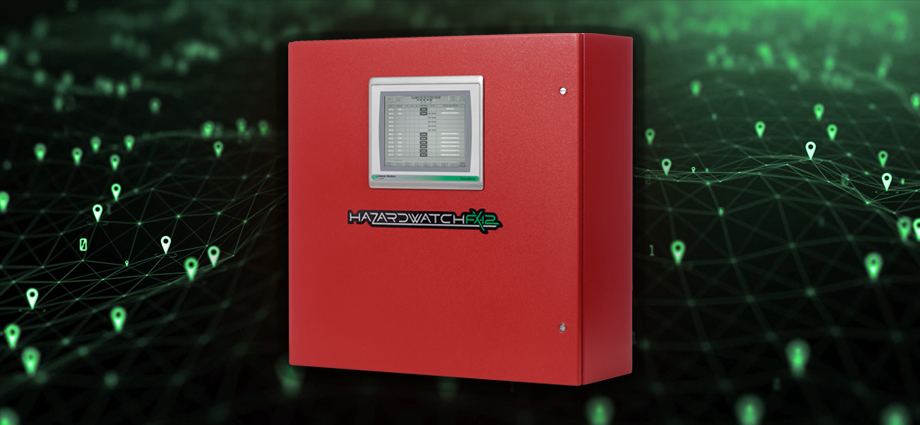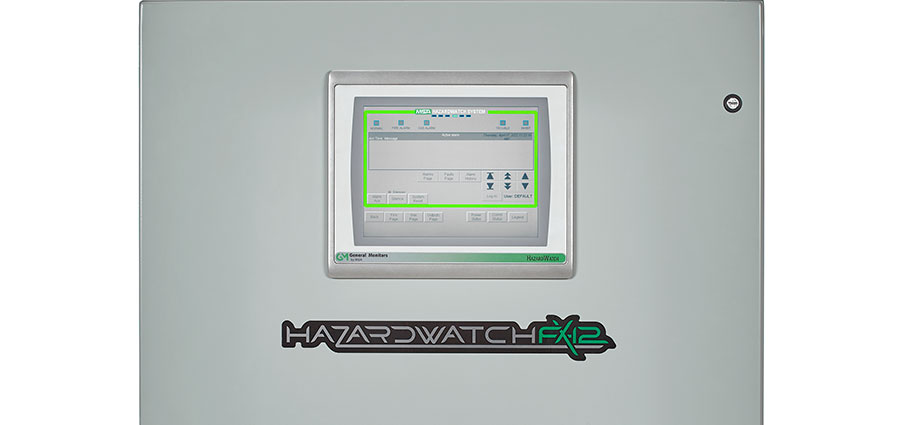
Most industrial and commercial building systems are increasingly connected through automation platforms that support interoperability and data sharing. Yet, despite strict safety codes and rising expectations from facility owners and operators, many fire alarm systems still operate independently without visibility into the broader systems that support HVAC management, access control, and emergency response.
When fire systems operate in isolation (especially in complex places like hospitals, factories, or crowded facilities) it creates a gap in communication, which makes it much more difficult to coordinate a quick response.
At this year’s NFPA Conference & Expo, MSA will demonstrate how to bridge that gap: a FieldServer gateway installed inside an FX-12 fire and gas system. We’ll be in Booth #1218, showing how system-level integration can enhance detection, response, and coordination, without compromising code compliance.
The Integration Challenge
There’s a reason fire and life safety technologies have failed to keep pace with other connected building systems: Fire panels are governed by strict regulations, so they have historically been treated as closed systems. However, fire protection professionals now know that segregating systems creates a barrier to the real-time visibility and responsiveness demanded by today’s life and safety standards.
A fire alarm should be more than just a local signal. A fire alarm should instantly inform other systems and stakeholders that there’s a potential hazard—and that requires integration into connected systems.
Yet integration across protocols like BACnet/IP, Modbus TCP/IP, and EtherNet/IP can be complex. Fire panels often speak different languages than building management systems (BMS), and compliance with UL 864 and other standards limits system integrators’ methods. Without the right tools, system-level interoperability often means workarounds, third-party relays, or parallel monitoring systems.
Turning Standalone Fire Panels into Connected Systems
One of the best ways to modernize fire systems without replacing them is by enabling communication between panels and surrounding systems. How? With an IoT gateway solution. FieldServer gateways do more than translate protocols. they act as a bridge, helping life safety systems talk to building automation and industrial networks, all while supporting integration methods that align with NFPA standards. It works like a universal translator turning alarms, status updates, and control signals into a format that both systems and people can act on.
This capability is especially important in facilities with hybrid infrastructure. For example, a FieldServer gateway can take a dry contact closure from a fire panel and convert it into a BACnet object, immediately visible to a BMS or remote monitoring system. Or it can publish Modbus data from multiple field devices to a cloud dashboard and do it all in real time.
FieldServer capabilities include:
- Protocol bridging across 140+ supported protocols.
- Secure remote access and diagnostics through cloud services, such as the MSA Grid
- Support for UL 864-compliant integration methods when connected to UL-listed fire panels
- Data logging and timestamping to support audit trails and compliance documentation
- Configurable edge logic to filter, prioritize, or map alarms before sending them to connected systems
Of course, FieldServer doesn’t replace the fire alarm panel, but it does make it more transparent and connected.

Fire Alarm-to-SCADA Integration:
A Roadmap to Fast, Cost-Effective Connection
DOWNLOAD WHITE PAPER
Use Case: Multi-System Coordination
Consider a healthcare facility with multiple buildings connected through a central operations center. Each wing has its fire alarm system, HVAC, and patient management platform. Without integration, a fire alarm activation may only be visible locally, leaving centralized staff unaware or dependent on manual phone calls and radio communications, both of which are prone to human error.
With FieldServer:
- The alarm becomes a BACnet event shared across the facility’s central platform.
- HVAC shutdowns and fire door closures can be automatically triggered.
- Security and access control systems can receive real-time updates and respond accordingly.
- Facilities teams can access historical logs showing alarm progression, system status, and response timelines.
This support and coordination can help ensure better compliance, shorter response times, and safer outcomes.
Compliance and Commissioning Considerations
Any integration of life safety systems must be evaluated against relevant codes and standards. UL 864, NFPA 72, and local authority requirements all define what types of communication are permitted and how systems should be tested.
A FieldServer gateway enables integration with UL-listed fire panels using methods accepted under UL 864 guidelines. That means it can be part of a compliant installation when appropriately configured. It also supports secure remote access, which can help system integrators and operators perform diagnostics, test sequences, and update firmware without needing on-site visits.
For commissioning teams, the FieldServer gateway’s intuitive setup reduces time and risk. For building owners, it streamlines documentation and future maintenance planning.
What You’ll See at NFPA
As always, the 2025 NFPA Conference & Expo is an opportunity to explore the tools, tech, and strategies that keep buildings safe and code compliant. Our team will be on hand to answer questions, discuss site-specific use cases, and offer a closer look at a working example of how fire alarm data can be meaningfully integrated into facility infrastructure.
- An operational FX-12 fire alarm panel equipped with FieldServer gateway hardware.
- Real-time protocol mapping to BACnet/IP and Modbus.
- A sample third-party monitoring interface displaying translated events.
- Hands-on walkthroughs of integration logic, mapping configuration, and system response
Learn More About Staying Connected and Compliant
The growing emphasis on digital transformation in building systems is no longer limited to HVAC, lighting, or access control. Fire and life safety systems are now part of the mix.
With the right gateway tools and integration strategies, safety professionals can connect once-disconnected systems to improve response, coordination, and situational awareness.
To learn more about how MSA’s FieldServer gateways can help prioritize standards, transparency, and operational clarity, contact us.






